-
 Bitcoin
Bitcoin $78,719.1829
-3.27% -
 Ethereum
Ethereum $1,555.6393
-8.17% -
 Tether USDt
Tether USDt $0.9995
-0.01% -
 XRP
XRP $1.9005
-7.17% -
 BNB
BNB $553.9917
-2.70% -
 USDC
USDC $1.0000
0.01% -
 Solana
Solana $106.4945
-5.56% -
 Dogecoin
Dogecoin $0.1481
-6.60% -
 TRON
TRON $0.2277
-4.32% -
 Cardano
Cardano $0.5771
-6.44% -
 UNUS SED LEO
UNUS SED LEO $8.9243
-0.54% -
 Toncoin
Toncoin $3.0300
-7.27% -
 Chainlink
Chainlink $11.3912
-4.90% -
 Stellar
Stellar $0.2317
-6.96% -
 Avalanche
Avalanche $16.8853
-0.30% -
 Shiba Inu
Shiba Inu $0.0...01137
-2.71% -
 Sui
Sui $2.0234
-0.48% -
 Hedera
Hedera $0.1485
-1.39% -
 MANTRA
MANTRA $6.2788
2.86% -
 Polkadot
Polkadot $3.6133
-5.33% -
 Bitcoin Cash
Bitcoin Cash $275.5372
-5.26% -
 Dai
Dai $1.0000
0.01% -
 Litecoin
Litecoin $71.0772
-7.05% -
 Ethena USDe
Ethena USDe $0.9985
-0.03% -
 Bitget Token
Bitget Token $4.0789
-4.48% -
 Pi
Pi $0.5848
-4.08% -
 Monero
Monero $200.0280
-1.59% -
 Hyperliquid
Hyperliquid $11.1085
1.36% -
 Uniswap
Uniswap $5.1037
-6.12% -
 OKB
OKB $51.2860
-0.94%
What is Fully Diluted Market Cap? How does it affect investors' decisions?
Fully diluted market cap (FDMC) considers all potential tokens, offering a conservative valuation compared to circulating market cap. A large FDMC-circulating cap difference signals potential price volatility, prompting investors to consider this metric alongside others for informed decisions.
Mar 20, 2025 at 03:43 pm
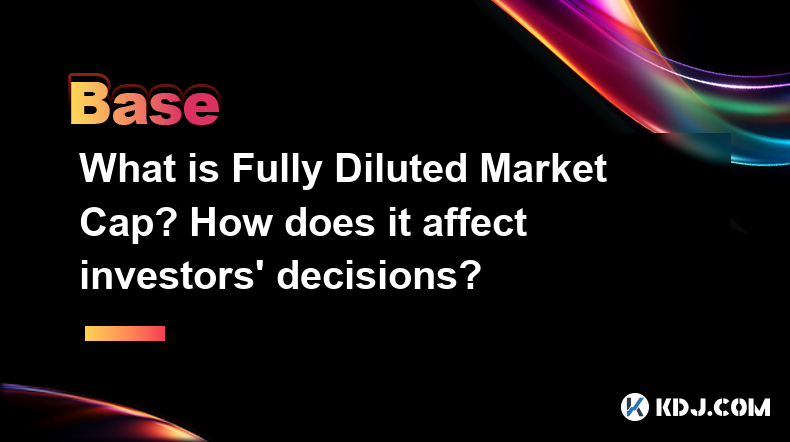
Key Points:
- Fully Diluted Market Cap (FDMC) represents the total market capitalization of a cryptocurrency if all its tokens, including those currently unreleased or locked up, were in circulation.
- It provides a more conservative valuation compared to the circulating market cap.
- Understanding FDMC helps investors assess the potential impact of future token releases on the price.
- A large difference between circulating and fully diluted market cap can signal potential price volatility.
- Investors should consider FDMC alongside other metrics before making investment decisions.
What is Fully Diluted Market Cap? How does it affect investors' decisions?
The cryptocurrency market is brimming with jargon, and understanding key metrics is crucial for informed investment. One such metric is the Fully Diluted Market Cap (FDMC). Unlike the circulating market cap, which only considers currently available tokens, FDMC accounts for all tokens that will ever exist, including those yet to be released, vested, or locked up in escrow. This paints a broader picture of the potential market valuation.
To calculate FDMC, you multiply the total number of tokens that will ever be created by the current market price per token. This provides a theoretical maximum market capitalization. It's important to note that this figure is a hypothetical scenario; all tokens might never actually enter circulation.
The significance of FDMC lies in its ability to offer a more comprehensive perspective on a cryptocurrency project's valuation. While the circulating market cap might appear attractive, the FDMC reveals the potential dilution that could occur as more tokens enter circulation. This dilution can put downward pressure on the token price.
How does FDMC affect investor decisions? It serves as a crucial factor in risk assessment. A substantial difference between the circulating market cap and the FDMC suggests a higher risk. This is because the influx of new tokens could significantly increase the supply, potentially leading to a price drop if demand doesn't keep pace.
Consider a scenario where a cryptocurrency has a circulating market cap of $1 billion, but its FDMC is $10 billion. This suggests that the current market price might be inflated, and a potential price correction could occur as more tokens enter the market. Investors might perceive this as a higher-risk investment.
Conversely, if the circulating and fully diluted market caps are relatively close, it indicates less potential for future price dilution. This can provide investors with more confidence in the project's long-term stability. However, it's crucial to remember that FDMC isn't the sole factor to consider.
Investors should also examine the token release schedule. A project with a clearly defined and gradual token release plan typically presents a lower risk compared to one with a sudden or massive token dump. The distribution mechanism, whether through staking rewards, team vesting, or other means, also affects the impact on the market.
Analyzing the tokenomics of a project, including the total supply, distribution plan, and utility of the token, is essential alongside the FDMC. This holistic approach ensures a more informed investment decision. Understanding the project's roadmap and its potential for growth beyond the token itself is equally important.
Furthermore, the FDMC should be viewed in the context of the overall market conditions. A bullish market might absorb the influx of new tokens with minimal price impact, while a bearish market could exacerbate the price decline. Therefore, macroeconomic factors also play a role in how the FDMC affects investment strategies.
It is vital to remember that FDMC is just one metric among many. Investors should consider fundamental analysis, technological advancements, team credibility, and competitive landscape alongside FDMC to make well-informed decisions.
Common Questions and Answers:
Q: Is a high FDMC always a bad sign?
A: Not necessarily. A high FDMC simply indicates a large potential supply. If the project has strong fundamentals, a large community, and a high demand, the price might still appreciate despite the high FDMC. The key is to assess the tokenomics carefully and the rate of token release.
Q: How does FDMC differ from circulating market cap?
A: Circulating market cap reflects the market value of only the tokens currently in circulation. FDMC considers all tokens that will ever be created, regardless of whether they are currently available. This provides a more comprehensive, albeit potentially more conservative, valuation.
Q: Should I avoid cryptocurrencies with a large difference between circulating and fully diluted market cap?
A: Not necessarily. A large difference might suggest potential for future price dilution, but it's not an automatic red flag. Analyze the tokenomics, the token release schedule, and the project's overall potential. A well-managed token release can mitigate the risk of significant price drops.
Q: Where can I find the fully diluted market cap of a cryptocurrency?
A: Many cryptocurrency data websites, such as CoinMarketCap and CoinGecko, provide this information alongside the circulating market cap. However, always verify the information from multiple sources to ensure accuracy. The project's whitepaper should also contain this information.
Q: Does FDMC predict future price movements?
A: No, FDMC is not a price predictor. It provides a potential upper limit to the market capitalization and helps gauge potential dilution. Actual price movements depend on various factors, including market sentiment, adoption rate, and technological developments.
Disclaimer:info@kdj.com
The information provided is not trading advice. kdj.com does not assume any responsibility for any investments made based on the information provided in this article. Cryptocurrencies are highly volatile and it is highly recommended that you invest with caution after thorough research!
If you believe that the content used on this website infringes your copyright, please contact us immediately (info@kdj.com) and we will delete it promptly.
- The Nordstrom Beauty Sale Is Here: Shop These 7 Must-Have Products Before They Sell Out
- 2025-04-08 02:15:12
- Bitcoin (BTC) Price Soared 54% Following the Presidential Election Last November
- 2025-04-08 02:15:12
- Intercontinental Exchange (ICE) to Explore New Product Innovations Using USDC Stablecoin and USYC Tokenized Money Market Fund
- 2025-04-08 02:10:12
- Renowned Crypto Market Expert Sends Shockwaves Through the Broader Sector by Projecting a Highly Bullish Outlook for XRP Price
- 2025-04-08 02:10:12
- JuCoin Exchange Expands into the Taiwanese Cryptocurrency Market
- 2025-04-08 02:05:12
- You do not sell your Bitcoin.
- 2025-04-08 02:05:12
Related knowledge
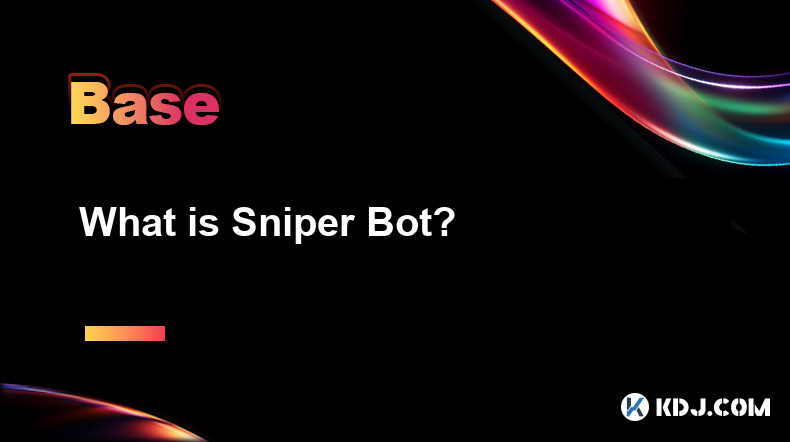
What is Sniper Bot?
Apr 07,2025 at 10:43pm
A Sniper Bot is a type of automated trading software used within the cryptocurrency market to execute trades at optimal times, often milliseconds before other traders. These bots are designed to take advantage of new token listings, price fluctuations, and other market opportunities to buy or sell assets quickly and efficiently. The primary goal of a Sn...
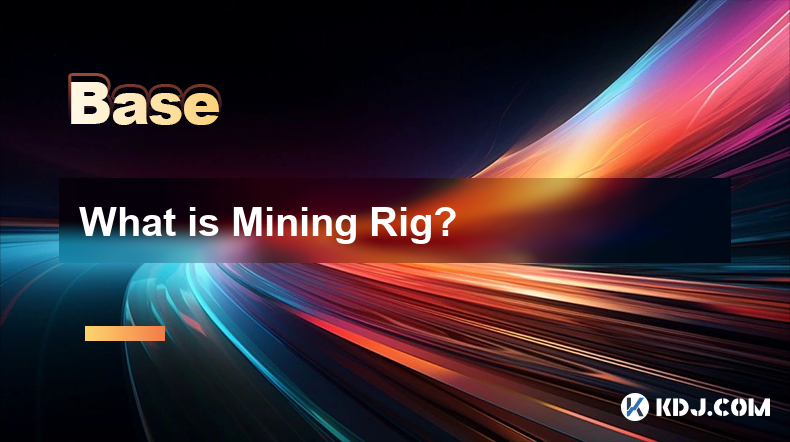
What is Mining Rig?
Apr 07,2025 at 11:08pm
A mining rig is a specialized computer system designed specifically for the purpose of mining cryptocurrencies. Mining, in the context of cryptocurrencies, refers to the process of solving complex mathematical problems to validate transactions and add them to the blockchain. This process requires significant computational power, and a mining rig is buil...
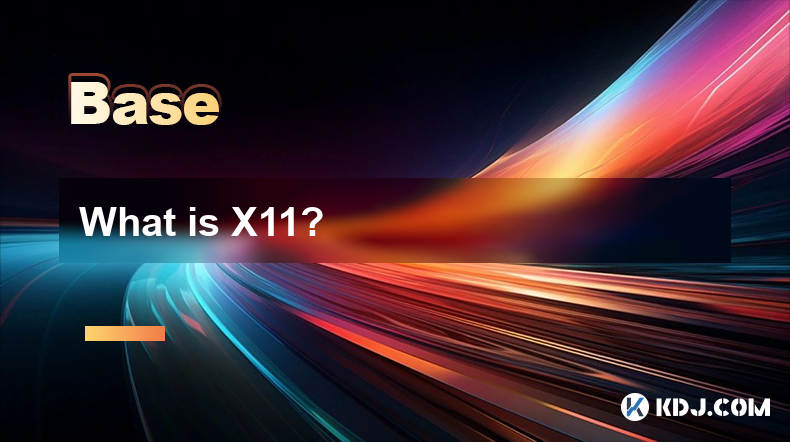
What is X11?
Apr 07,2025 at 09:22pm
What is X11? X11 is a cryptographic hash function used in various cryptocurrencies, most notably in the Dash cryptocurrency. It is designed to provide a high level of security and efficiency, making it a popular choice for blockchain networks. The X11 algorithm is unique because it uses a chain of 11 different hashing algorithms, which enhances its secu...
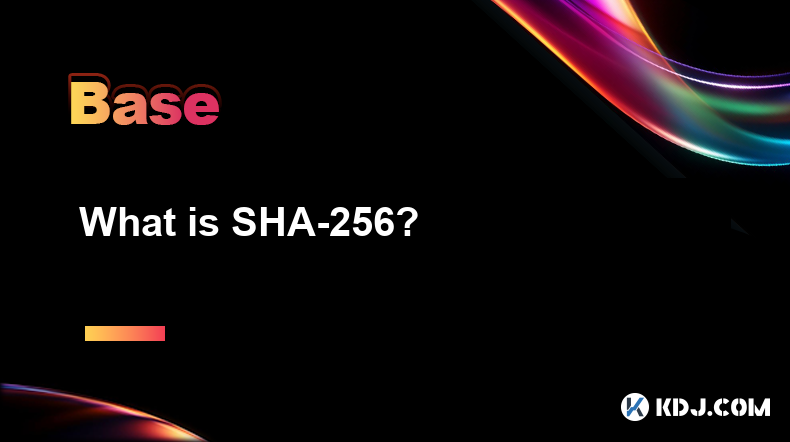
What is SHA-256?
Apr 07,2025 at 11:15pm
What is SHA-256?SHA-256, or Secure Hash Algorithm 256-bit, is a cryptographic hash function that is part of the SHA-2 family of hash functions. It is widely used in the cryptocurrency world, particularly in Bitcoin and other blockchain technologies, for securing data and ensuring the integrity of transactions. This article will delve into the specifics ...

What is an elliptic curve?
Apr 08,2025 at 01:21am
An elliptic curve is a fundamental concept in mathematics that has found significant applications in the field of cryptography, particularly within the cryptocurrency sector. In the context of cryptocurrencies, elliptic curves are used to create secure cryptographic systems that underpin the security of transactions and the generation of digital signatu...
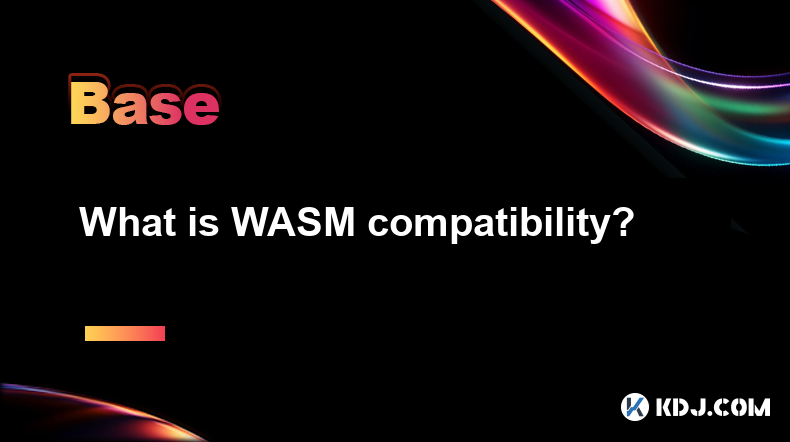
What is WASM compatibility?
Apr 07,2025 at 09:08pm
What is WASM Compatibility? WASM, or WebAssembly, is a binary instruction format for a stack-based virtual machine. It is designed to be a portable compilation target for programming languages, enabling deployment on the web for client and server applications. In the context of cryptocurrencies and blockchain technology, WASM compatibility refers to the...

What is Sniper Bot?
Apr 07,2025 at 10:43pm
A Sniper Bot is a type of automated trading software used within the cryptocurrency market to execute trades at optimal times, often milliseconds before other traders. These bots are designed to take advantage of new token listings, price fluctuations, and other market opportunities to buy or sell assets quickly and efficiently. The primary goal of a Sn...

What is Mining Rig?
Apr 07,2025 at 11:08pm
A mining rig is a specialized computer system designed specifically for the purpose of mining cryptocurrencies. Mining, in the context of cryptocurrencies, refers to the process of solving complex mathematical problems to validate transactions and add them to the blockchain. This process requires significant computational power, and a mining rig is buil...

What is X11?
Apr 07,2025 at 09:22pm
What is X11? X11 is a cryptographic hash function used in various cryptocurrencies, most notably in the Dash cryptocurrency. It is designed to provide a high level of security and efficiency, making it a popular choice for blockchain networks. The X11 algorithm is unique because it uses a chain of 11 different hashing algorithms, which enhances its secu...

What is SHA-256?
Apr 07,2025 at 11:15pm
What is SHA-256?SHA-256, or Secure Hash Algorithm 256-bit, is a cryptographic hash function that is part of the SHA-2 family of hash functions. It is widely used in the cryptocurrency world, particularly in Bitcoin and other blockchain technologies, for securing data and ensuring the integrity of transactions. This article will delve into the specifics ...

What is an elliptic curve?
Apr 08,2025 at 01:21am
An elliptic curve is a fundamental concept in mathematics that has found significant applications in the field of cryptography, particularly within the cryptocurrency sector. In the context of cryptocurrencies, elliptic curves are used to create secure cryptographic systems that underpin the security of transactions and the generation of digital signatu...

What is WASM compatibility?
Apr 07,2025 at 09:08pm
What is WASM Compatibility? WASM, or WebAssembly, is a binary instruction format for a stack-based virtual machine. It is designed to be a portable compilation target for programming languages, enabling deployment on the web for client and server applications. In the context of cryptocurrencies and blockchain technology, WASM compatibility refers to the...
See all articles





















































































